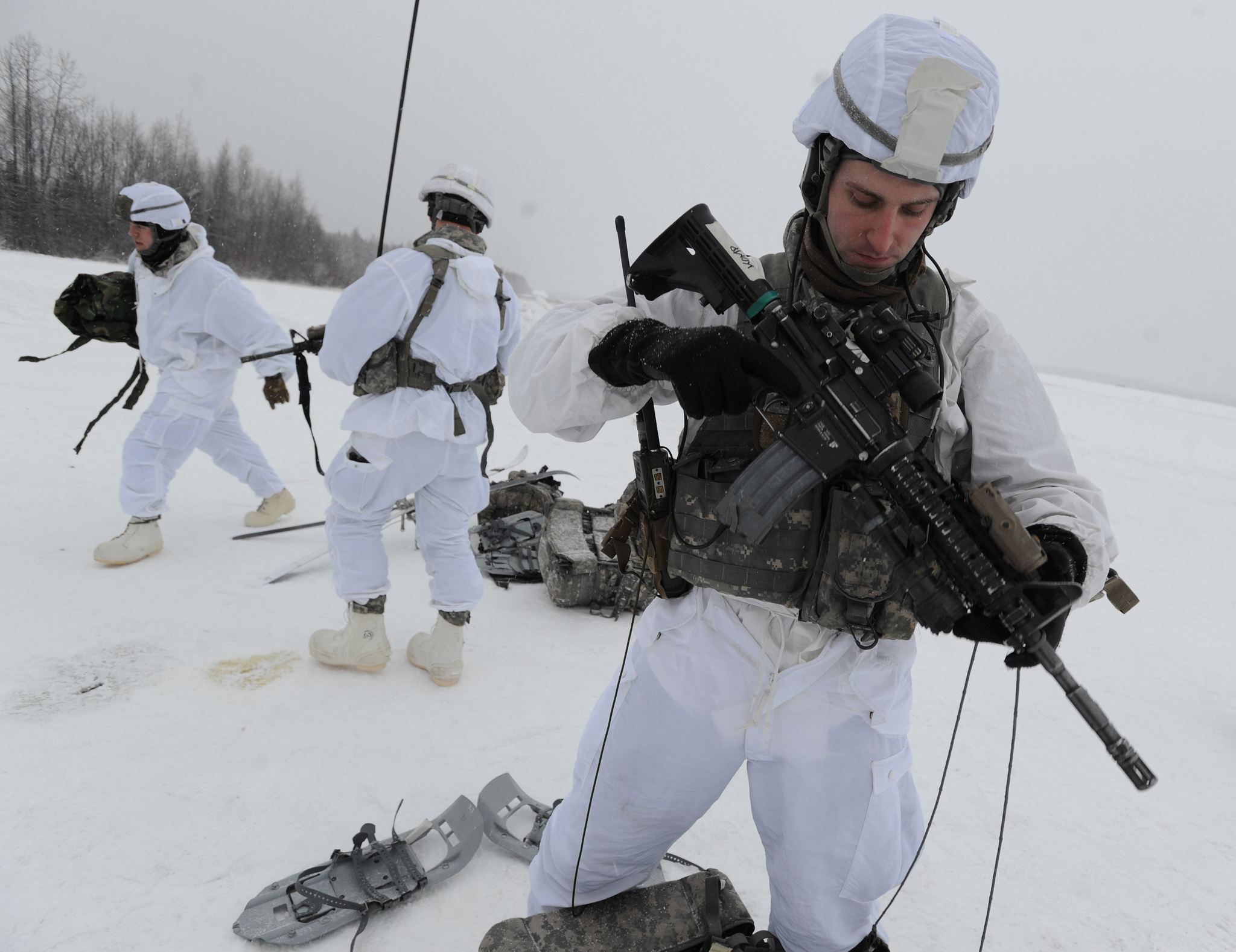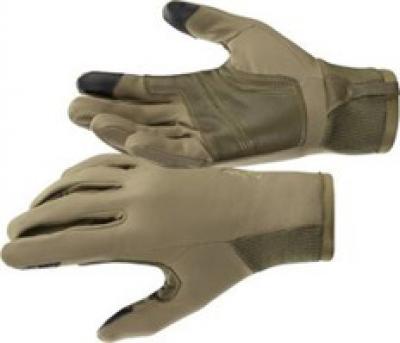
Winter has never been the soldier's friend. In ancient times, wars were only fought between spring and autumn; and in campaigns from Napoleon's time onwards, the onset of winter has precipitated catastrophic defeat. At this week’s American Chemical Society meeting, researchers from Stanford University have unveiled a new system which, they believe, will help keep soldiers toasty in even the most arctic conditions.
Most of the US Army's winter gear was designed over 30 years ago, so soldiers often opt to buy winter gloves from outdoor gear retailers. But even this isn't warm enough for paratroopers falling through freezing conditions and landing in cold weather, said researcher Dr Paolo D’Angelo of Stanford’s chemistry department. "That's problematic if soldiers have to operate weapons as soon as they land," he said. "So we want to pursue this fundamental research to see if we can modify hand wear for that extreme cold weather." The team, led by Dr Yi Cui, is working on a system which, unlike conventional insulated clothing, will heat quickly without causing overheating and sweating upon exertion.

The team synthesised silver nanowires and bonded a network of them onto cotton fabric. Applying 3 volts (the output of a watch battery) across such a network on a one-inch square test swatch raised the temperature by 100°F (38ºC) in one minute, the team reported. This, they suggest, could be used in a system that would allow soldiers to dial a voltage up and down to select the ideal temperature for their conditions, whether they are remaining still or are on the move for long periods.
Cui and D’Angelo are now working with colleagues from the US Army Natick Soldier Research, Development & Engineering Centre to incorporate silver nanowire networks into fabrics that are suitable for combat clothing, such as polyester or a technical cotton-nylon blend.
They are also incorporating a layer of sweat-absorbing hydrogel particles made of polyethylene glycol or poly(N-isopropylacrylamide), and are investigating how these substances interact with the silver mesh. They are currently optimising the system for gloves, and then hope to move onto trousers and vests. They are also looking into lighter weight power sources than batteries, and hope the system could find its way into the consumer sector .




Project to investigate hybrid approach to titanium manufacturing
What is this a hybrid of? Superplastic forming tends to be performed slowly as otherwise the behaviour is the hot creep that typifies hot...